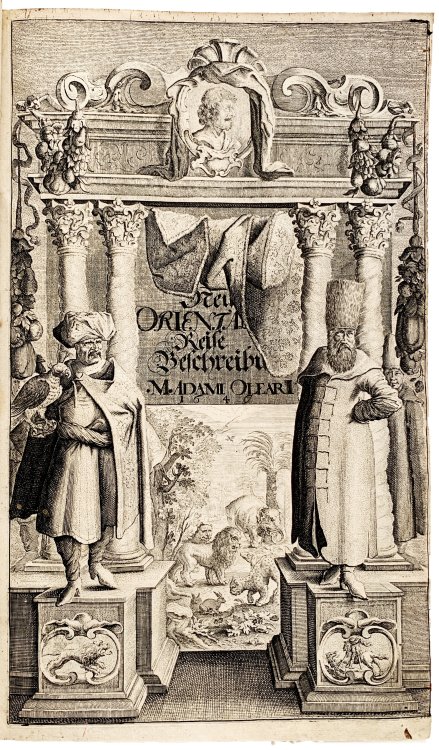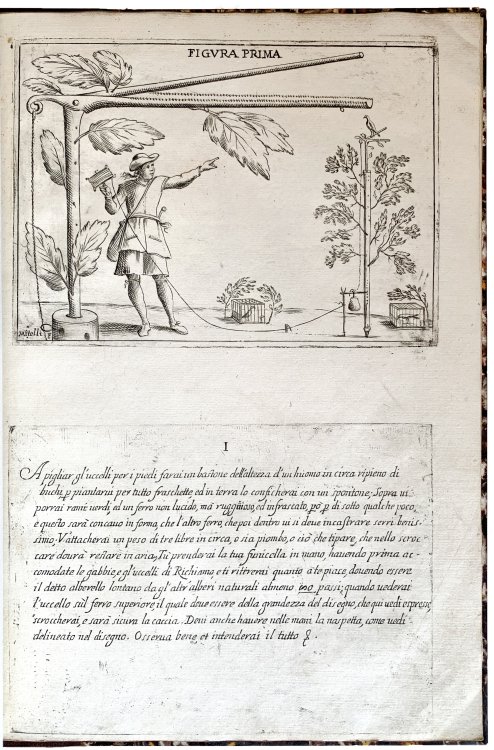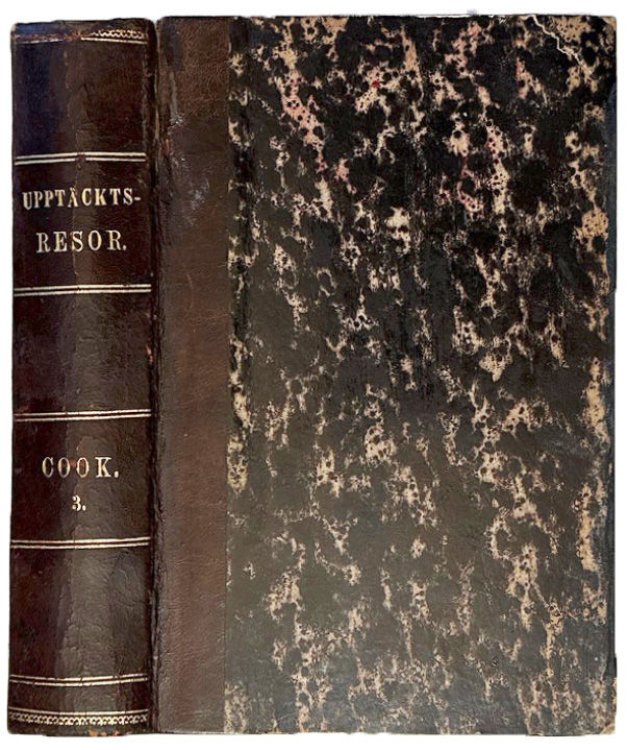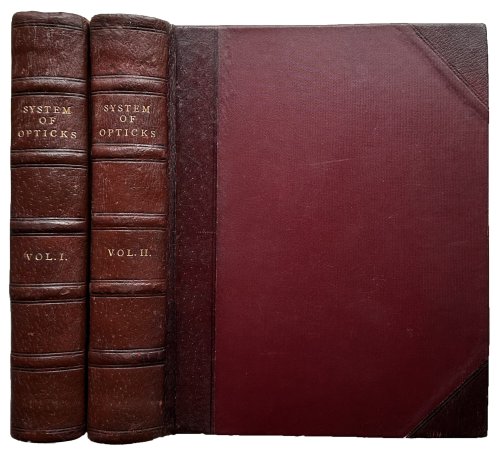
"On the painless extinction of life in the lower animals."
$50.00 USD • Used
410 x 288 mm. Folio. 7602-7605 pp. [Entire issue: (7591)-7606 pp.] Illus. Self wraps; paper lightly browned, small stain on top page. Very good. This article contains the text of a lecture given t...
Store: JeffWeberRareBooks [View Items]
410 x 288 mm. Folio. 7602-7605 pp. [Entire issue: (7591)-7606 pp.] Illus. Self wraps; paper lightly browned, small stain on top page. Very good. This article contains the text of a lecture given to the Society of Arts, London, December 18, 1884. It provides a short history of the subject "the lethal process", a table of anesthetic gases and vapors showing their chemical properties, and 5 figures illustrating lethal chamber used in the euthanasia of animals. Richardson "spent many years in attempts to relieve pain among men by discovering and adapting substances capable of producing general or local anaesthesis, and among animals by more humane methods of slaughter. He brought into use no less that fourteen anaesthetics, of which methylene bichloride is the best known, and he invented the first double-valved mouthpiece for use in the administration of chloroform. He also produced local insensibility be freezing the part with an ether spray, and he gave animals euthanasia by means of a lethal chamber." DNB, Vol. XXII (Supplement), p. 1170. Sir Benjamin Richardson contributed widely to the history of medicine whose important work, Disciples of Aesculapius, was published in 1900. See: Garrison, History of medicine, p. 885; Garrison and Morton 6721. In addition, this issue of the Scientific American Supplement contains two articles related to anesthesia entitled "The kola-nut," and "Cultivation of the coca plant in the United States," both related the production and use of cocaine as an anesthetic agent.
Product Info
Publisher: Scientific American Supplement, No. 476, (February 14, 1885).
Year: 1885
Type: Used
Binding: Softcover
Seller Info
JeffWeberRareBooks
Address: Place Pury 9 Neuchâtel,
Website: https://www.weberrarebooks.com
Country: Switzerland






